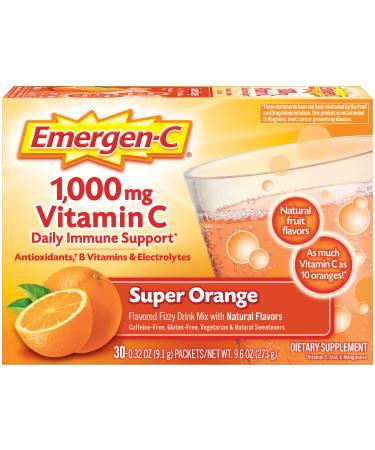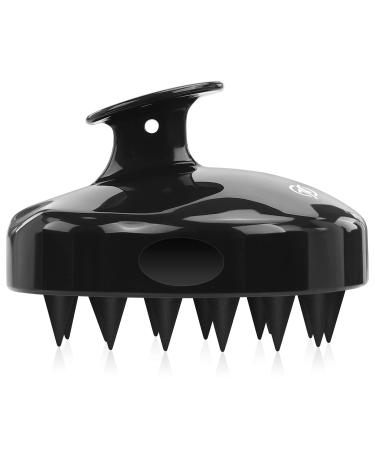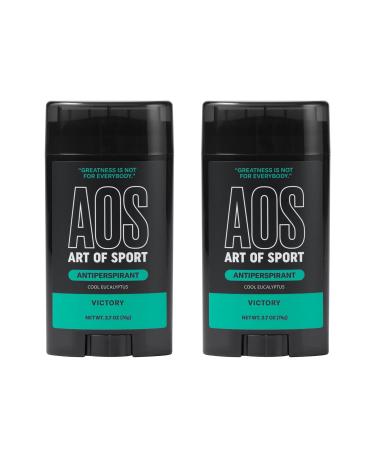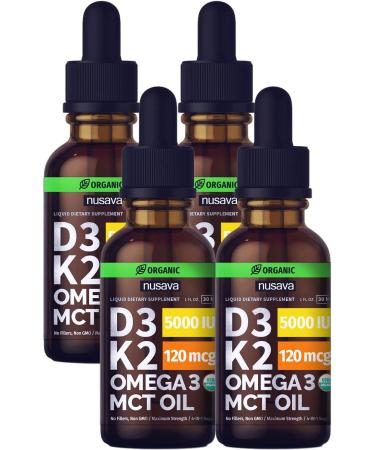Can't make a moisturizer for über sensitive skin#candew! Red Better Daily Calming Moisturizer isn't only ultra-gentle (sans all 109 common allergens) but also features specific benefits like anti-cathelicidin, skin-calming antioxidants (important for rosacea management) and other targeted actives. Redness can't be successfully managed, can it Redness has a 'complex, multifactorial pathophysiology' — basically meaning it has several symptoms and many possible causes. Some of these include sensitivity due to the skin's barrier dysfunction, photo-damage, too much cathelicidin (pro-inflammatory) in the skin, and certain mites called Demodex folliculorum. Management is possible but it does require, more than anything else, prevention: avoid sun and light exposure, use a powerful (yet allergen-free) mineral sun and light screen (even indoor lights can cause a photosensitive reaction), proper skin care (avoid your allergens — get a patch test to be sure), and a good dermatologist (some cases may need medication). | Think you might have rosaceaStay calm & follow these steps 1) Get a diagnosis from a dermatologist. Even experts are known to mistake one skin disease for another, and rosacea can look like other conditions to an untrained eye (and you shouldn't be self-diagnosing, no matter how confident you feel about your Google medical degree). Seek out a dermatologist —ideally one who specializes in rosacea or inflammatory skin conditions. 2) Ask about a patch test. Knowing which allergens you, in particular, are sensitive to, is incredibly empowering and helps you avoid what you need to. A patch test saves you the confusion and frustration (and expense!) of random trial and error. 3) Keep your skin calm. There's a reason why so many rosacea products contain antioxidants and ant-inflammatories — they help reduce inflammation and damage from oxidation. But some products with these ingredients also contain allergens and irritants. Look for ingredients that are non-allergens, providing therapeutic benefits without known rosacea triggers. | Rosacea Round Up What Is RosaceaRosacea is characterized by facial redness, dilated capillaries, bumps that may eventually become acne and thick skin. Additional symptoms can include: burning/stinging, swelling, dryness, raised patches, eye redness, and masses, or bulbous changes of the nose. Who Gets ItRosacea is often first seen at age 30, more among women, with men more often having the type that produces bulbous thickening of the nose, and bumps. While it seems to be more common in lighter skin tones, there are no prevalence studies among darker skin types where rosacea is often unrecognized or misdiagnosed. Risk Factors/Causes. 1) Genetic predisposition, 2) An environment/lifestyle with triggers like spicy foods and sun and light exposure, 3) Demodex folliculorum on the skin and/or Helicobacter pylori in the stomach, and 4) higher-than-normal levels of cathelicidins, naturally-occurring pro-inflammatories. | Apple A Day: The Importance Of Prevention In addition to management products like Red Better, prevention is vital in keeping redness at bay. And your new mantra is: 'non-inflammatory'. 1. Get 7-8 hours of sleep and commit to de-stressing. Sleep deprivation and stress are both pro-inflammatory. 2. Try an anti-inflammatory diet: avoid processed foods, white sugar, white rice, white pasta (switch to brown, whole-grain alternatives), soda, pre-packaged juices (even 'health' juices unless you squeeze them yourself), candies, and chips. Up your intake of foods known to be anti-inflammatory like loads of fresh fruits and vegetables, and small fish. 3. Choose very gentle, non-reactive, anti-microbial and anti-inflammatory products in all of your personal care, from shampoos to cleansers, and even makeup. |



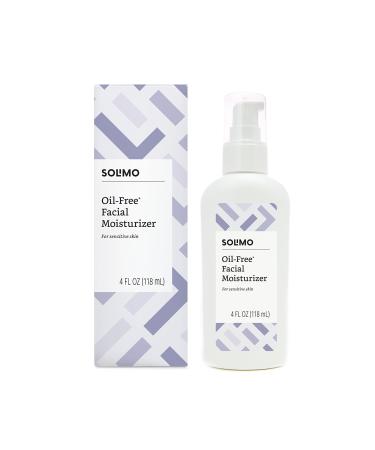
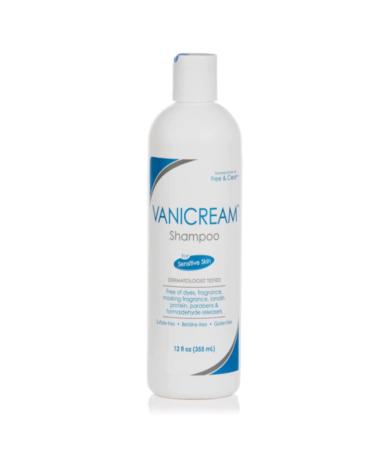
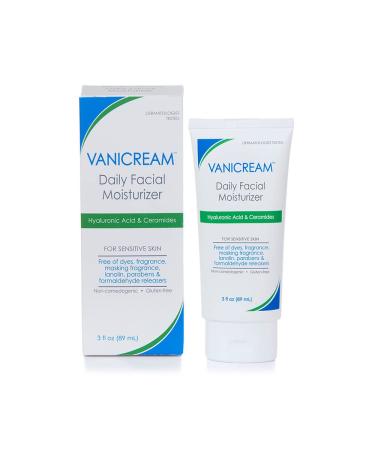
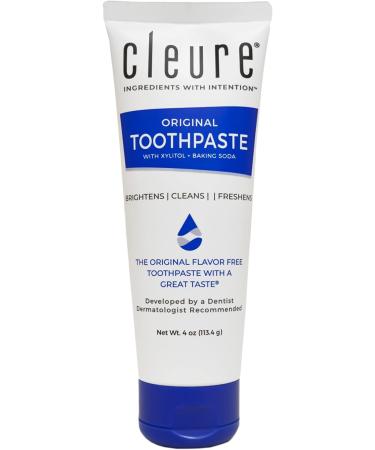

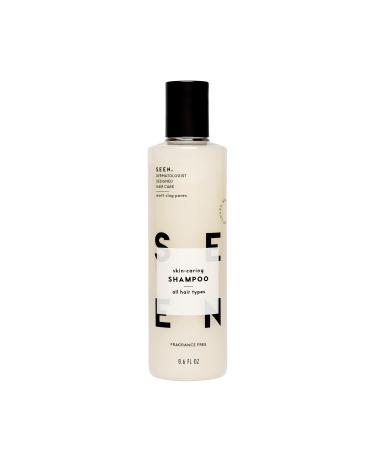
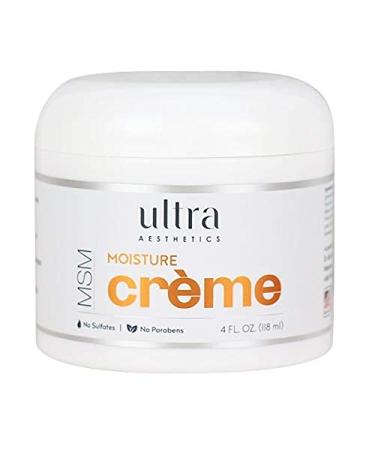

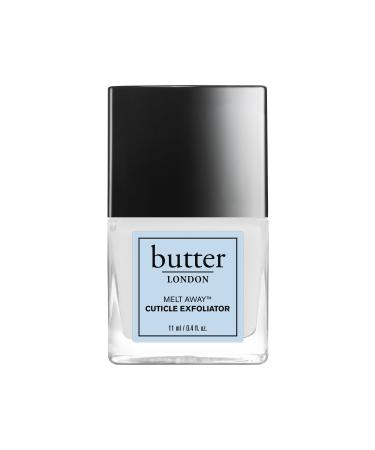
![Stewart Freeze Dried Dog Treats Made in USA [Single Ingredient Puppy and Dog Training Treats - Grain Free Natural Dog Treats] Resealable Tub to Preserve Freshness](https://www.gosupps.com/media/catalog/product/cache/25/small_image/375x450/9df78eab33525d08d6e5fb8d27136e95/6/1/61gwbbixarl._ac_sl1500_.jpg)
